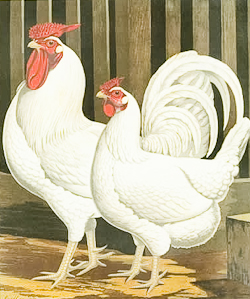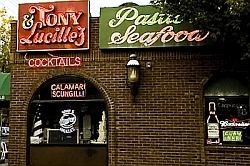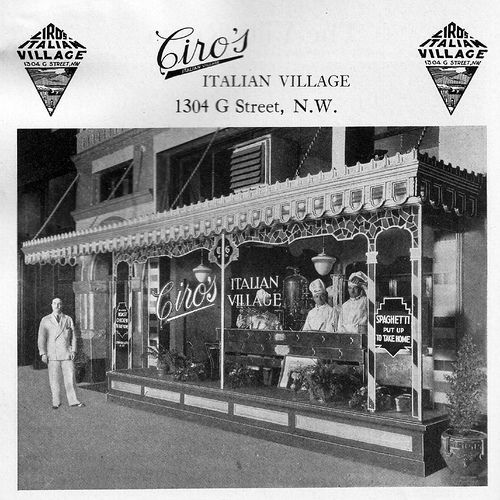During the halcyon days of supper clubs, clams on the half-shell were dressed up as Clams Casino and Clams Oreganata, appetizers that became popular with the dinner-show crowd. Dishes like Pasta with Clam Sauce and Clams Possilipo had already become fixtures on the menus of nearly all neighborhood restaurants, but the supper clubs served their clams as starters rather than as entrees.

Dining Out in the Fifties
Over time, neighborhood Italian-American restaurateurs took a lesson from their uptown brethren and began offering separate antipasti courses on their menus. While this generated larger dinner checks for patrons and, thus, greater revenue for restaurants, it really was a natural extension of Italian home dining. Families often ate “just a little something” while the pasta water was coming to a boil.
The more upscale Italian-American restaurants went a step further, dividing their menus into separate pasta courses and entrees, but neighborhood places continued to serve their main dishes on a bed of pasta or with pasta as a side dish.
By the 1970’s, cookbook authors like Marcella Hazan, Giuliano Bugialli, and Ada Boni were making us aware of the tenacious regionality of Italian food and cooking. American chefs riding the Northern Italian wave began serving dishes cooked with butter! Suddenly, everything North of Rome was “in.” Sine qua non ingredients like balsamic vinegar and sun-dried tomatoes defined a new class of Italian restaurants. Gnocchi, polenta and risotto supplanted pasta on many new menus. Restaurateurs from Tuscany and other northern provinces, notably Sirio Maccioni and Pino Luongo, presented Americans with a more refined version of Italian food.
But through all these changes, the neighborhood restaurants continued to serve their chicken Parmesan, shrimp scampi, and pasta with red sauce, as though unaware of the phenomenon taking place around them. Gradually, more of them replaced their red-and-white tablecloths with white linens. Rough wines in raffia-clad bottles were pushed aside by more carefully crafted Italian imports as more Americans began to appreciate and order wine. Antipasti had boosted profits, but vintage Barolos and Chiantis made even greater contributions to the bottom line. Yet even with these refinements, the spirit in which Italian food was prepared remained the same.
Despite encroachment from adjacent neighborhoods, dwindling Italian populations, and rising real estate prices, the urban neighborhood restaurants continue to thrive. Their culinary legacy is now more than a century in the making. Most tellingly, their clientele remains largely unchanged—students, artists, tourists, businesspeople, lovers, potential lovers creating a first-date memory, neighborhood regulars… and ever fewer who remember Nonna presiding over the dining room saying, Mangia, mangia!
Next: The recipes…




